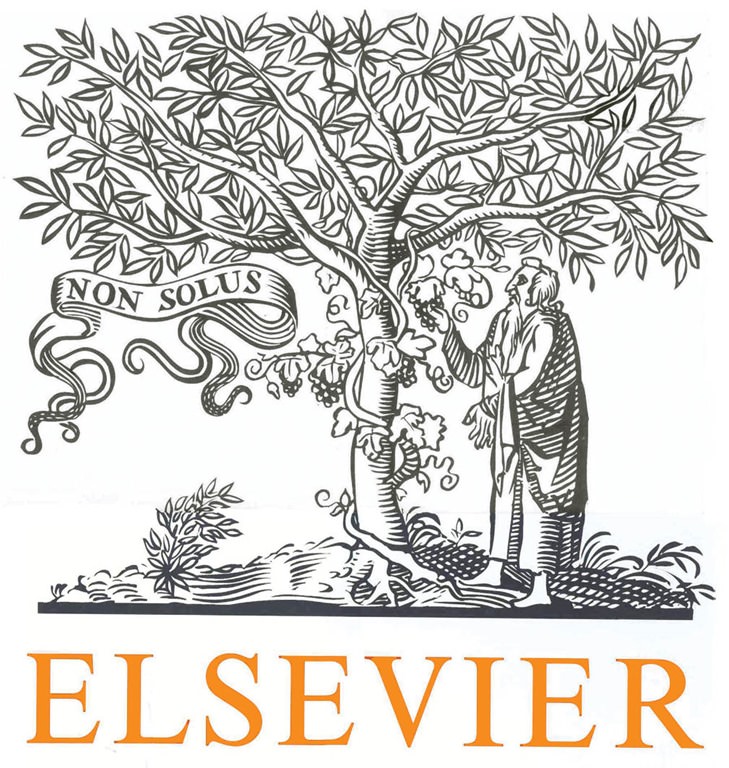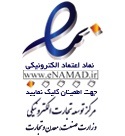6. Discussion of moderation effects
In order to test whether the moderating variables support hypotheses H3-H7 developed in Section 2, following Aiken and West (1991); Dawson (2014); Srivastava et al. (2015), and Amores-Salvadó et al. (2015), we performed a graphical slope analysis (Figs. 2–6). On the horizontal axis we plot low/high levels of acquisition of technology, while the vertical axis represents the corresponding measure of performance. This measure of performance was obtained by inverting the inef- ficiency measure obtained from the first stage of the analysis. Low/High technology acquisition indicates values of acquisition ± one standard error from the mean, whereas zero indicates the mean value. The slope analysis was undertaken only where the interaction term was statistically significant. The different curves for each figure capture the impact of specific values (low, average, high) of the moderating variable under analysis.








